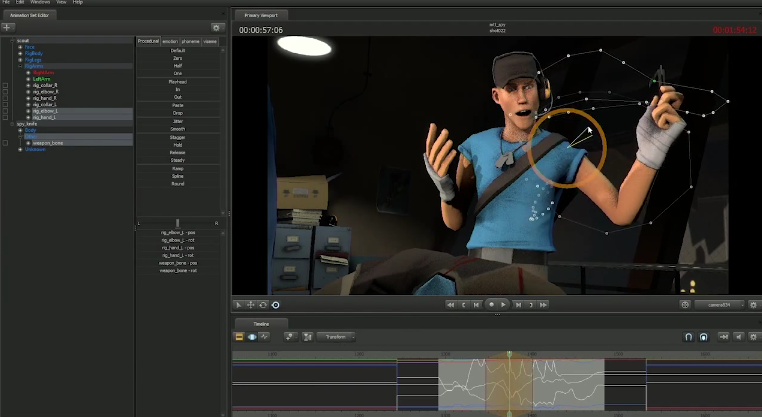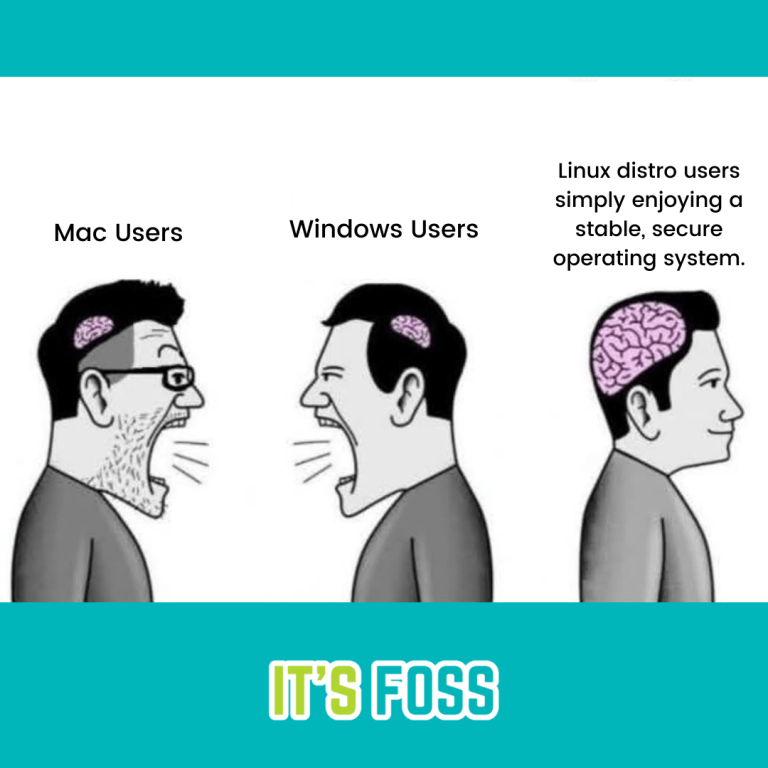It’s Half-Life 2 week at Ars Technica! This Saturday, November 16, is the 20th anniversary of the release of Half-Life 2—a game of historical importance for the artistic medium and technology of computer games. Each day up through the 16th, we’ll be running a new article looking back at the game and its impact.
“Well, I just hate the idea that our games might waste people’s time. Why spend four years of your life building something that isn’t innovative and is basically pointless?”
Valve software founder Gabe Newell is quoted by Geoff Keighley—yes, the Game Awards guy, back then a GameSpot writer—as saying this in June 1999, six months after the original Half-Life launched. Newell gave his team no real budget or deadline, only the assignment to “follow up the best PC game of all time” and redefine the genre.
When Half-Life 2 arrived in November 2004, the Collector’s Edition contained about 2.6GB of files. The game, however, contained so many things that would seem brand new in gaming, or just brave, that it’s hard to even list them.
Except I’m going to try that right here. Some will be hard to pin definitively in time to Half-Life 2 (HL2). But like many great games, HL2 refined existing ideas, borrowed others, and had a few of its own to show off.
Note that some aspects of the game itself, its status as Steam’s big push title, and what it’s like to play it today, are covered by other writers during Ars’ multi-day celebration of the game’s 20th anniversary. That includes the Gravity Gun.

Credit:
Valve
How many film and gaming careers were launched by people learning how to make the Scout do something goofy?
Credit:
Valve
The Source Engine
It’s hard to imagine another game developer building an engine with such a forward-thinking mission as Source. Rather than just build the thing that runs their next game, Valve crafted Source to be modular, such that its core could be continually improved (and shipped out over Steam), and newer technologies could be optionally ported into games both new and old, while not breaking any older titles working perfectly fine.
Source started development during the late stages of the original Half-Life, but its impact goes far beyond the series. Team Fortress 2, Counter-Strike: Global Offensive, Portal 1/2, and Left 4 Dead, from Valve alone, take up multiple slots on lists of the all-time best games. The Stanley Parable, Vampire: The Masquerade—Bloodlines, and a whole lot of other games used Source, too. Countless future game developers, level designers, and mod makers cut their teeth on the very open and freely available Source code tools.




